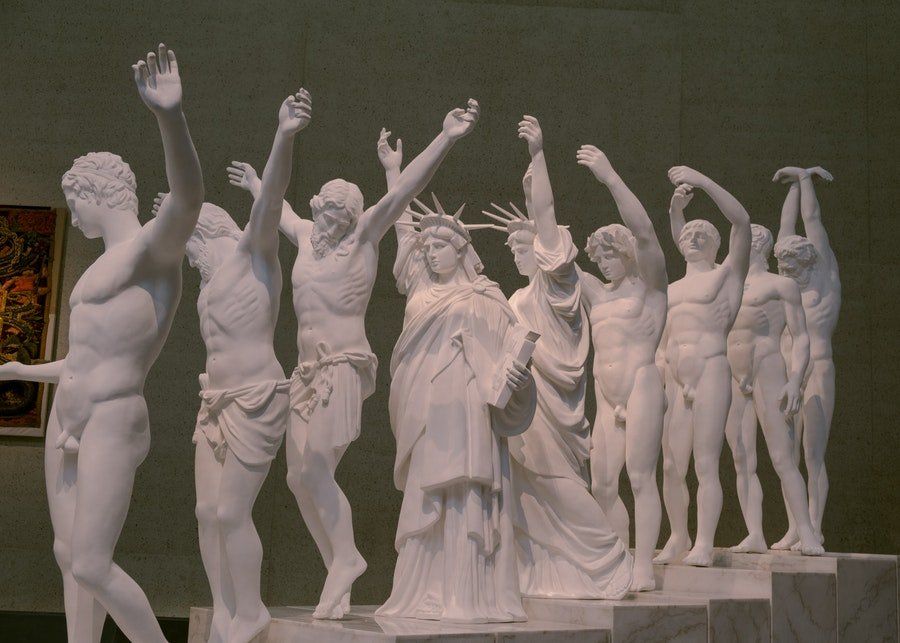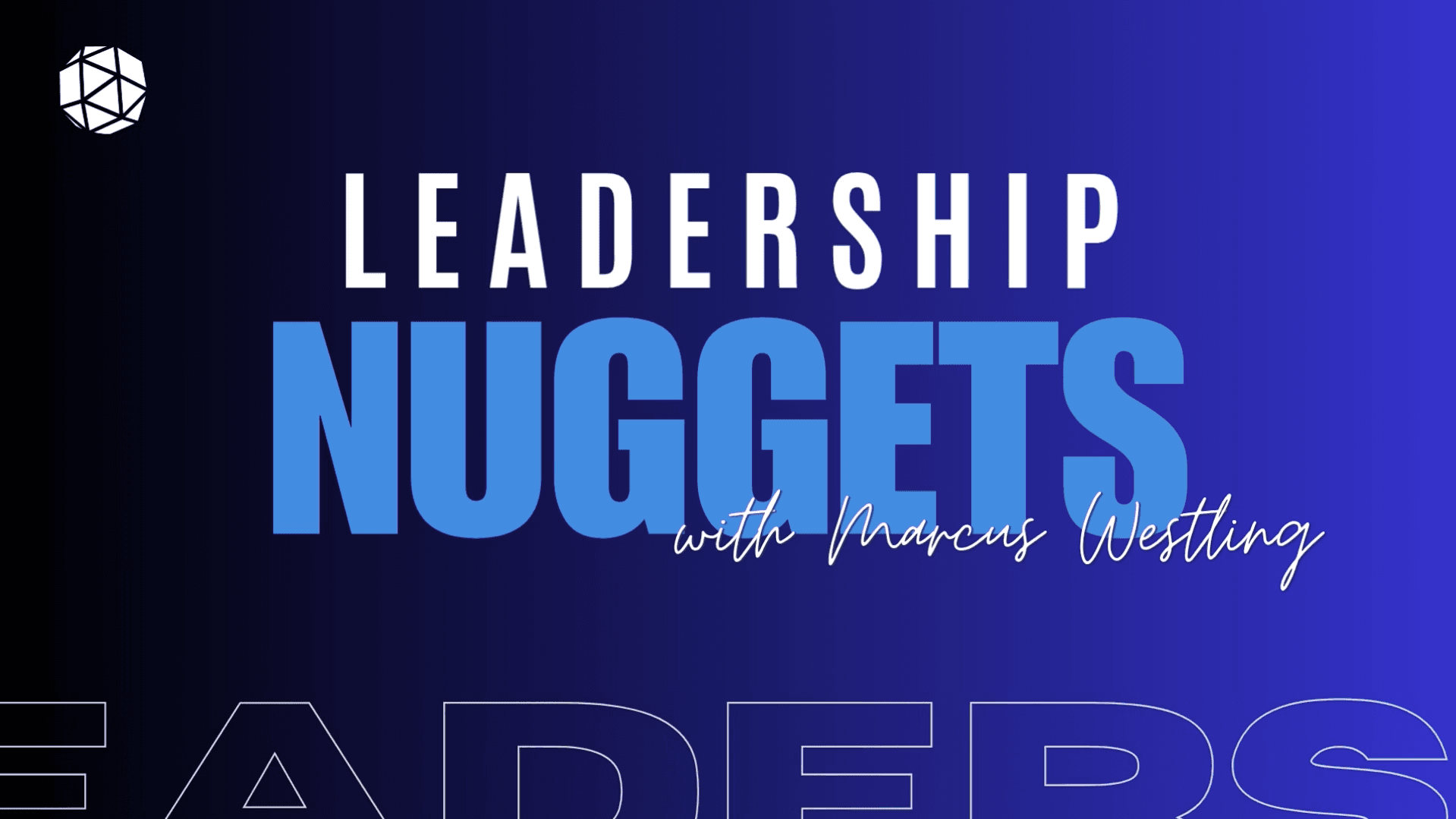How to Coach a CEO

Photo from https://www.freepik.com/
“Knowing is the easy part; saying it out loud is the hard part.” – Nicholas Evans, The Horse Whisperer
The term “horse whisperer” was first associated with Daniel Sullivan, an Irish horse trainer who became famous for his ability to rehabilitate intractable horses more than 200 years ago. Today, it refers to those gifted with a deep understanding of equine psychology, enabling those who can “whisper” to elicit the horses’ cooperation.
Some coaches (and consultants) very much resemble horse whisperers. Instead of dealing with difficult horses, however, they whisper to CEOs. Their effectiveness is due to an intuitive understanding of what drives these executives. They know how to interpret their verbal and non-verbal language. Also, they recognise that many of these executives – despite their success or perhaps because of it – may have acquired dysfunctional behavioural patterns along the way.
Starting a working alliance
To be successful, CEO whisperers must first establish a working alliance with their clients and remember that the relationship unfolds in a specific context, never in a vacuum. Given both parties’ characteristics and peculiarities, some amount of fumbling can be expected along the way.
Listening skills are critical to the success of this working alliance. Deep, active listening will allow the CEO whisperer to decipher the client’s verbal and non-verbal cues throughout the relationship.
The first meeting is always the trickiest, as both parties try to determine if they can work together. If the potential client doesn’t feel engaged, there is very little chance that a working alliance will be established.
Furthermore, creating a working alliance is more difficult with clients who are overly defensive; who are extremely guarded or quiet; or who do not have any idea of what they want to get out of the intervention. The CEO also needs to be willing to engage in the change effort.
Defining a desired future
During the initial interview, I often ask questions to draw out the executive’s thoughts and wants, such as: What brought you to see me? What do you feel is wrong in your work and personal life? What are the issues you’d like to work on? What would you like to be different?
I tell them to imagine that they are looking into a crystal ball: What would they like to see in the future, especially as an outcome of our work together? Imagining a desired future creates a mindset focused on progress.
To better understand their inner drivers, I ask them to tell me something about their personal history, e.g. education, relationships or career trajectory. However, I refrain from prying into topics that may be sensitive, such as the person’s childhood. Clients should be able to decide if and when certain themes become part of the coaching relationship.
Don’t poke the bear (too soon)
To nudge clients along, it’s important to show a modicum of understanding about their predicament. Clients need to feel safe, accepted and respected. Coaching requires an open attitude, as well as warmth and empathy. Clients may hold very different values and beliefs, but a coach’s job is to help them achieve their objectives, whatever these may be. The last thing clients want is to be lectured to and feel controlled.
It is wise to play it safe in the beginning and to avoid any form of argument. Think of the working alliance as a form of judo. A judoka moves with resistance rather than fights it. It is of utmost importance that the coach be aware of what does and doesn’t work – and adjust accordingly. Based on my experience, progress can stall if clients are pressed to deal with issues that they are not yet ready to face. In coaching, it is best to strike when the iron is cold.
In addition, coaches should refrain from giving false assurances. As I’ve written before, there are no miraculous cures in the helping professions. Clients can indeed hope to improve their lives with coaching, but it is important not to create highly unrealistic expectations.
This article may interest you: How Coaches Help People Break Free From Self-Limiting Beliefs
Touching on vulnerabilities
Serious CEO whispering also requires delving into uncomfortable and difficult aspects of the executive’s life. After a working alliance has been firmly established, I try to pique my clients’ curiosity by carefully starting to challenge them. When the situation warrants it, humour can be used to facilitate the dialogue.
At this stage, the coach must remain attuned to clients, generate curiosity and create the framework for the future relationship. One way to do so by encouraging clients to share details about their stressors, frustrations and dissatisfaction. This helps in formulating the goal component of the relationship.
While keeping these various concerns in mind, it is useful to enquire how the client feels about the working relationship. Do they feel safe, heard, taken seriously and cared for? Do they still hope for – and even expect – success?
An opportunity for self-reflection
To sum up, the role of a CEO whisperer is to help executives act out less and be more reflective. A CEO whisperer coaxes them to examine their lives and maximise their potential.
Socrates said that the unexamined life is not worth living: Too many people cruise through life without reflecting on their destination or purpose. These people are just moving in the dark. This is where CEO whisperers rise to the fore, helping their clients dispel the shadows and see things as they are, not how they wish they would be.
Before you go, be sure to watch this leadership nugget on coaching in the video below :

This article is republished courtesy of INSEAD Knowldege. Copyright INSEAD 2021
Leadership
Tags: Competence
Manfred F. R. Kets de Vries is the Distinguished Clinical Professor of Leadership Development & Organisational Change at INSEAD and the Raoul de Vitry d'Avaucourt Chaired Professor of Leadership Development, Emeritus.





